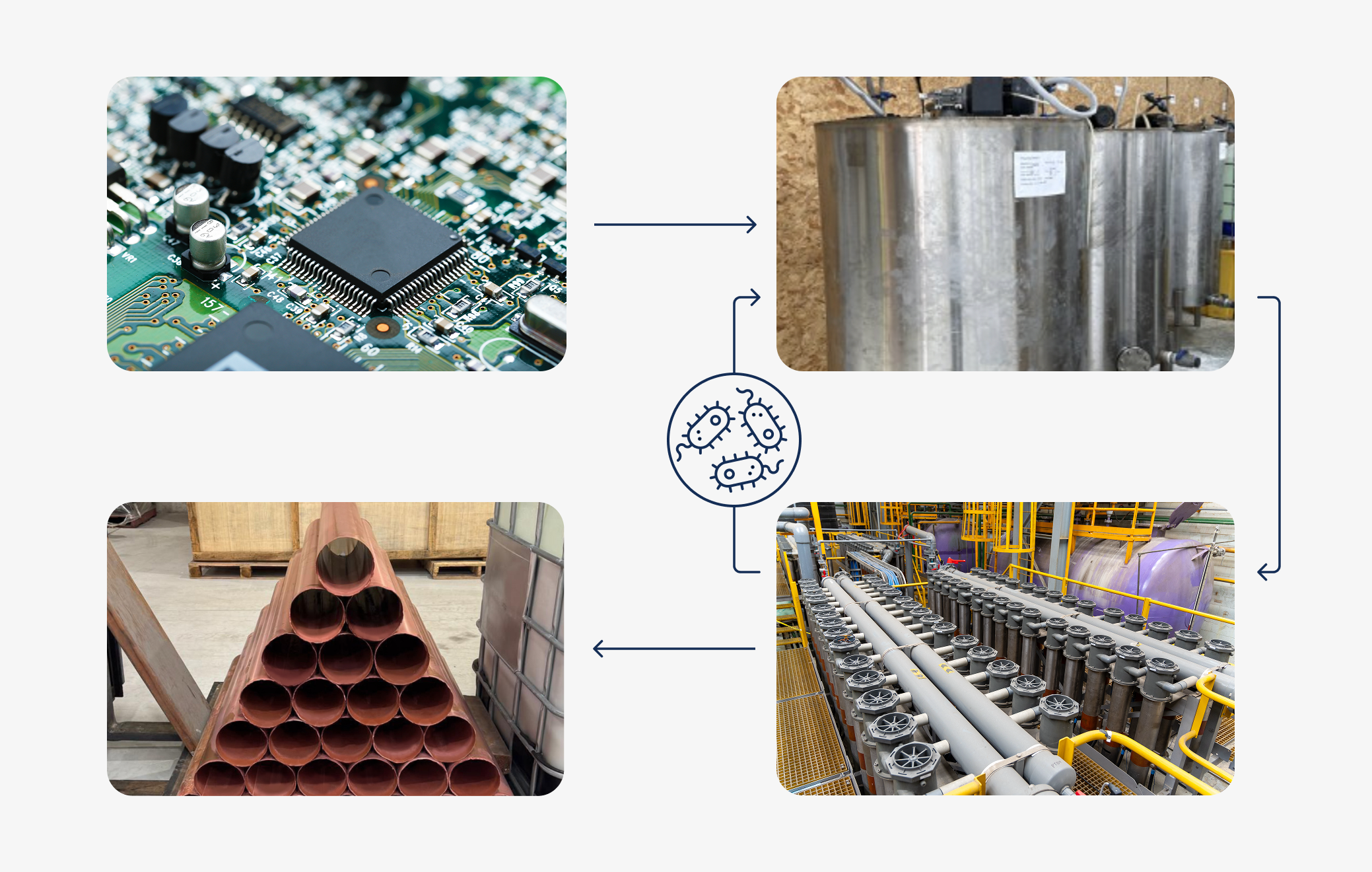Today we would like to answer some frequently asked questions about types of emew cells and their production capacities.
Q1: What is the difference between the plating cell, the powder cell, and the polishing cell?
A1: The plating cell produces a coherent solid metal cathode that "plates" to the starter sheet inside the cell. It has a cathode area of either 0.5 m² or 1 m² and is typically used for concentrations above 10 g/L.
The powder cell produces a powder deposit, which is harvested using an automated flushing process. It has a cathode area of 1.0 m² and is typically used for concentrations in the range of 1 to 5 g/L.
The polishing cell uses a proprietary high surface area cathode, this type of emew cell can recover metals from 1 g/L down to less than 5ppm.
Q2: What is the flow rate through each cell?
A2: The flow rate is approximately 6000 L/hr for the plating and polishing cells and approximately 2000 L/hr for the powder cell.
Q3: What is the production rate of an emew cell?
A3: This will vary depending on the metal being recovered and the solution characteristics, however, a single plating cell can produce between 5 to 15 kg per day in a typical sulphate solution. A powder cell can produce anywhere between 1 to 25 kg per day.
Q4: How long does it take to harvest a single cell/cathode?
A4: Typically, less than one minute per plating cell. Powder cells are harvested automatically.
Q5: At what weight will the cathode require harvesting?
A6: Ranges from 25 to 50 kg.
Q6: Is there a production capacity that is best suited for emew?
A6: For copper, emew plants are well suited for production up to approximately 10,000 tonnes per annum. For silver, emew plants are well suited for production from a couple kilograms a day to several tonnes per day. Production rates depend on the metal to be recovered, the concentration in solution and the impurity profile. Because emew plants are modular, incremental production can be easily added at any time.







